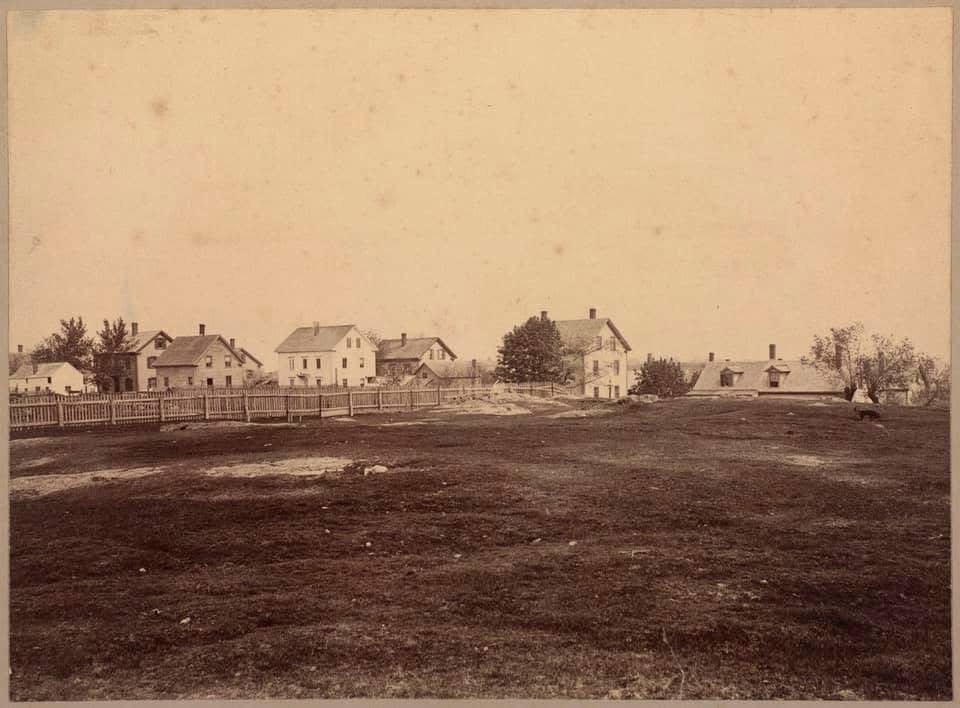
Long associated with the grim legacy of the 1692 Salem witch trials, this view of Gallows Hill—captured between 1895 and 1905—reflects a centuries-old belief that executions occurred atop this rise. In truth, the five women hanged on July 19, 1692—Sarah Good, Elizabeth Howe, Susannah Martin, Rebecca Nurse, and Sarah Wildes—met their fate nearby at Proctor’s Ledge, a rocky outcrop at the base of this hill. Confirmed by historians in 2016, the true site lay hidden in plain sight, just visible from surrounding homes and accessible by cart. Today, this image stands as a testament to how cultural memory can obscure—but also preserve—the contours of tragedy.
Image via Digital Commonwealth Massachusetts, no known restrictions
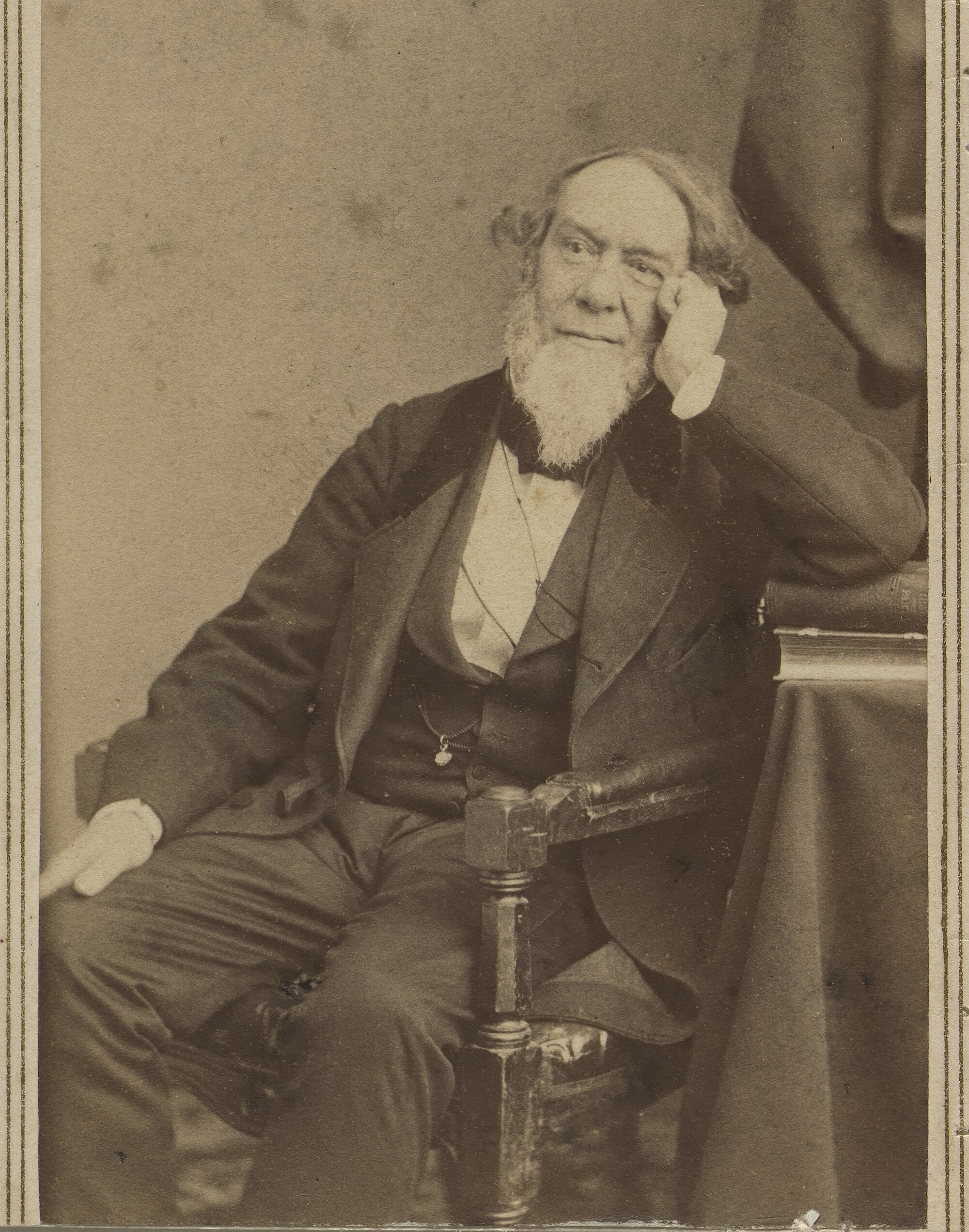
Great-grandson of Benjamin Franklin, Alexander Dallas Bache, was born in Philadelphia, PA on July 19, 1806. During his 24 years as Superintendent of the United States Coast Survey he led the organization in mapping out the eastern seaboard of the U.S. by establishing observation stations which were also used to gather meteorological data.
Image via Wikimedia Commons, public domain
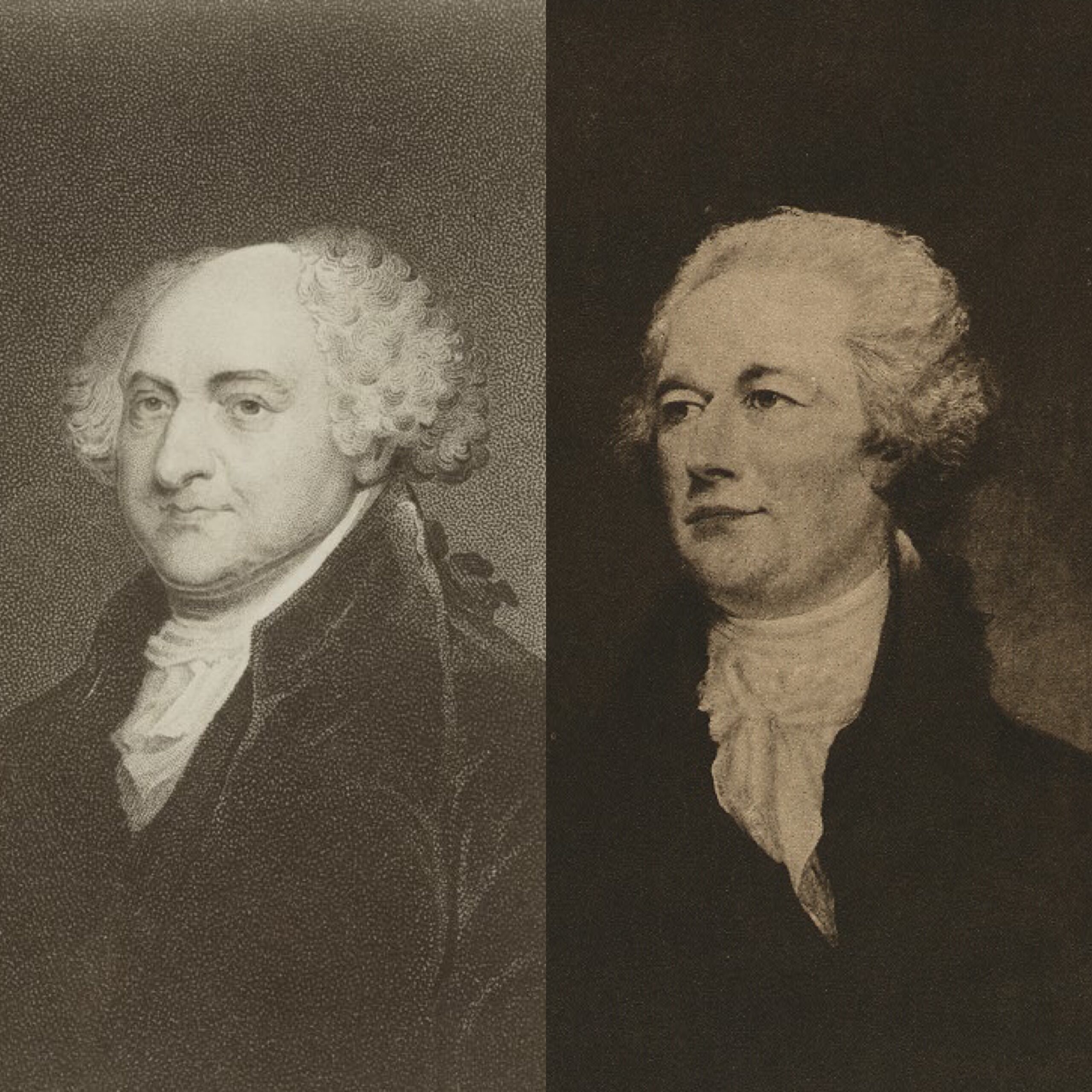
On July 19, 1798, President John Adams commissioned Alexander Hamilton as Inspector General of the U.S. Army with the rank of Major General.
Images via NYPL Digital Collections, no known restrictions
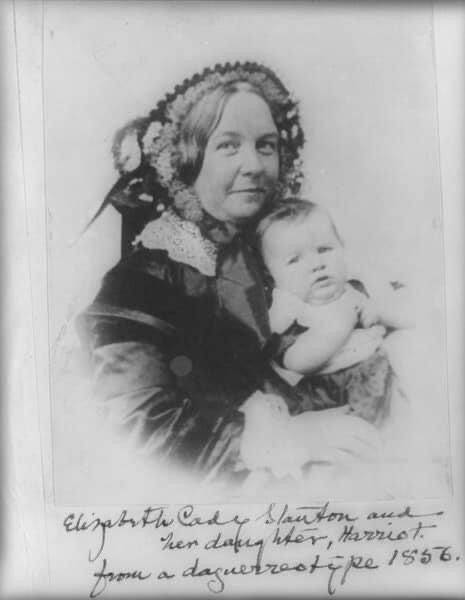
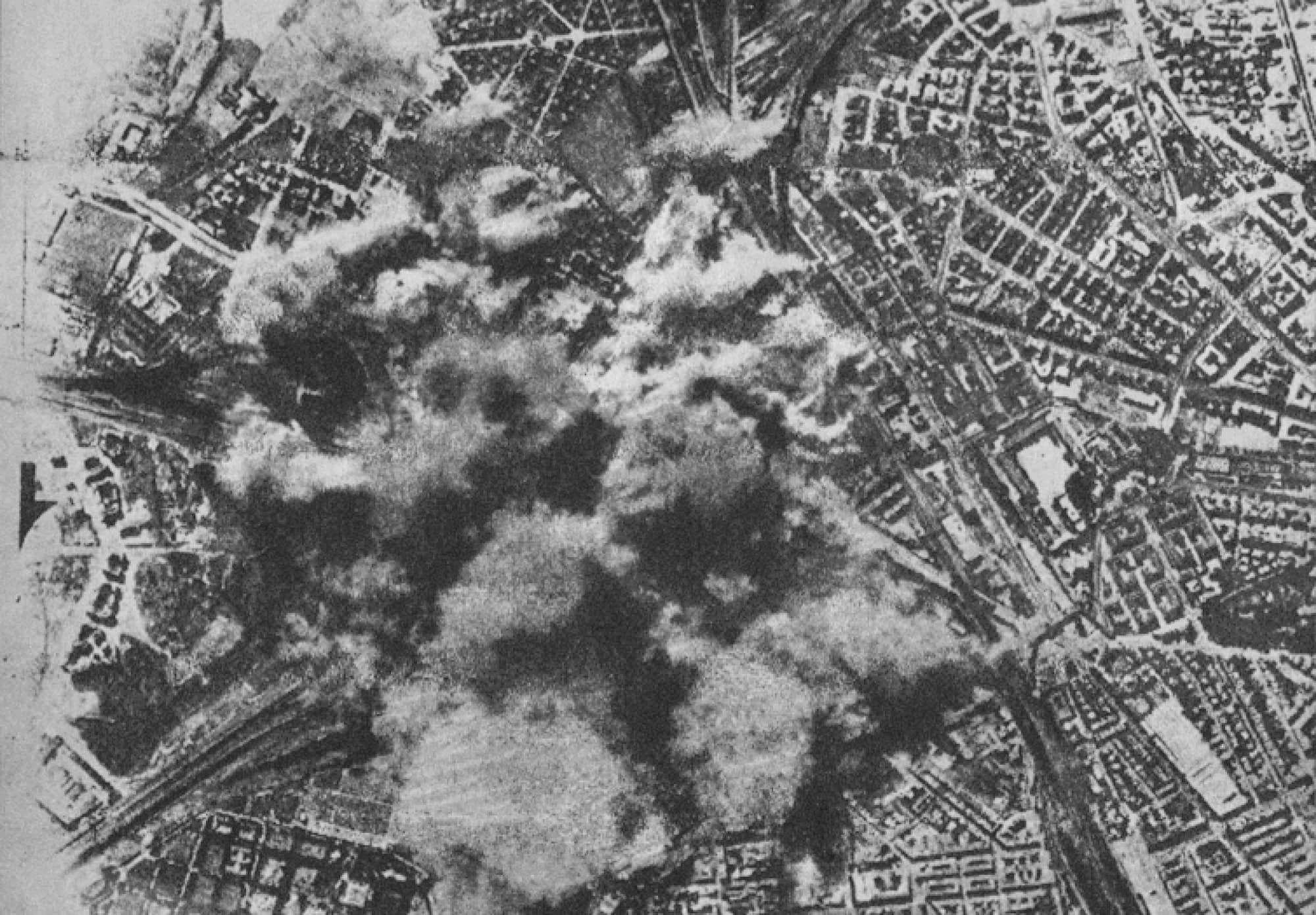
On July 19, 1943, hundreds of American aircraft dropped thousands of bombs on Rome, Italy in an effort to target enemy manufacturing and freight lines during WWII.
Image via Wikimedia Commons, no known restrictions
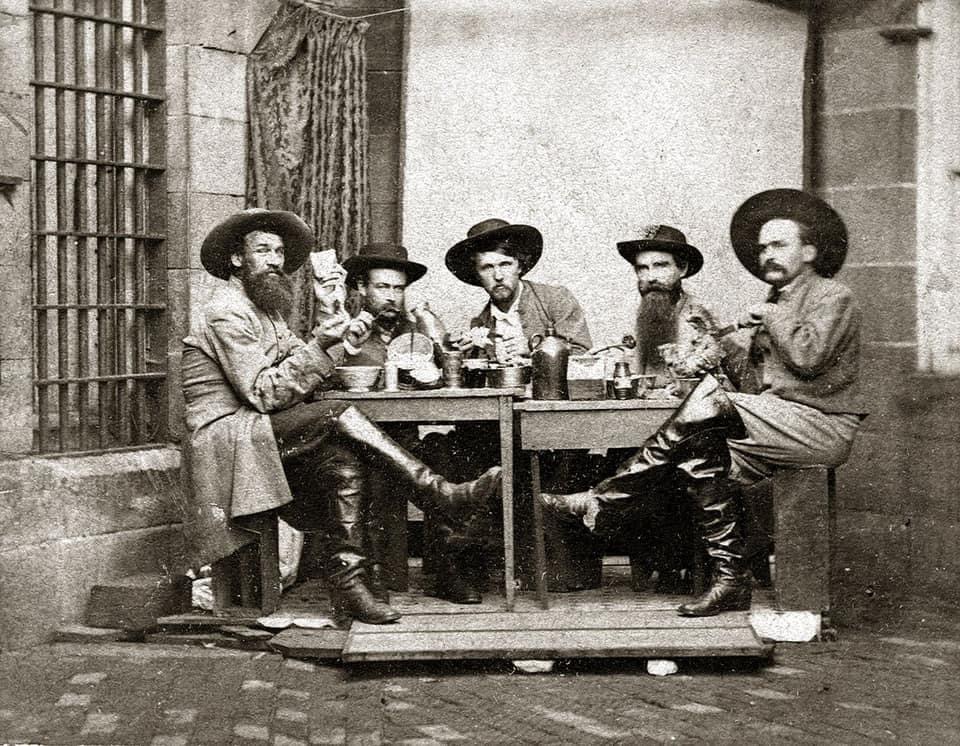
Photograph of John Hunt Morgan’s men who were taken prisoner by Union forces while crossing the Ohio River on July 19, 1863.
Image shows them at Western Penitentiary near Pittsburgh.
Image via Wikimedia Commons, public domain

During the early morning hours of July 19, 1845 a fire began in a candle making shop in lower Manhattan. Over three hundred buildings were destroyed including a warehouse containing large amounts of potassium nitrate which exploded.
Image via Wikimedia Commons, no known restrictions
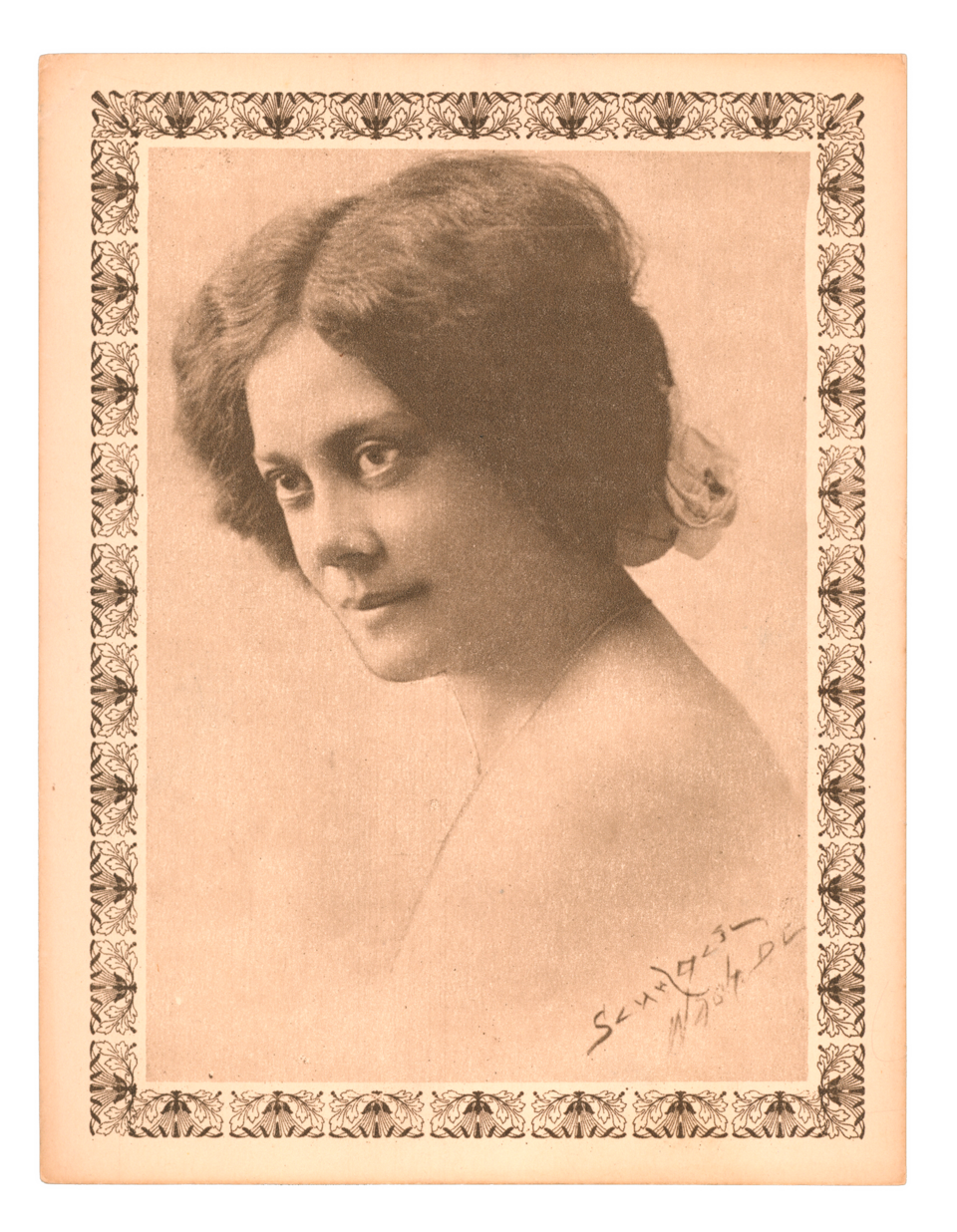
LOVE AND THE BUTTERFLY.
I heard a merry voice one day
And glancing at my side,
Fair Love, all breathless, flushed with play,
A butterfly did ride.
“Whither away, oh sportive boy?”
I asked, he tossed his head;
Laughing aloud for purest joy,
And past me swiftly sped.
Next day I heard a plaintive cry
And Love crept in my arms;
Weeping he held the butterfly,
Devoid of all its charms.
Sweet words of comfort, whispered I
Into his dainty ears,
But Love still hugged the butterfly,
And bathed its wounds with tears.
by American poet Alice Dunbar Nelson who was born on July 19, 1875 in New Orleans, Louisiana
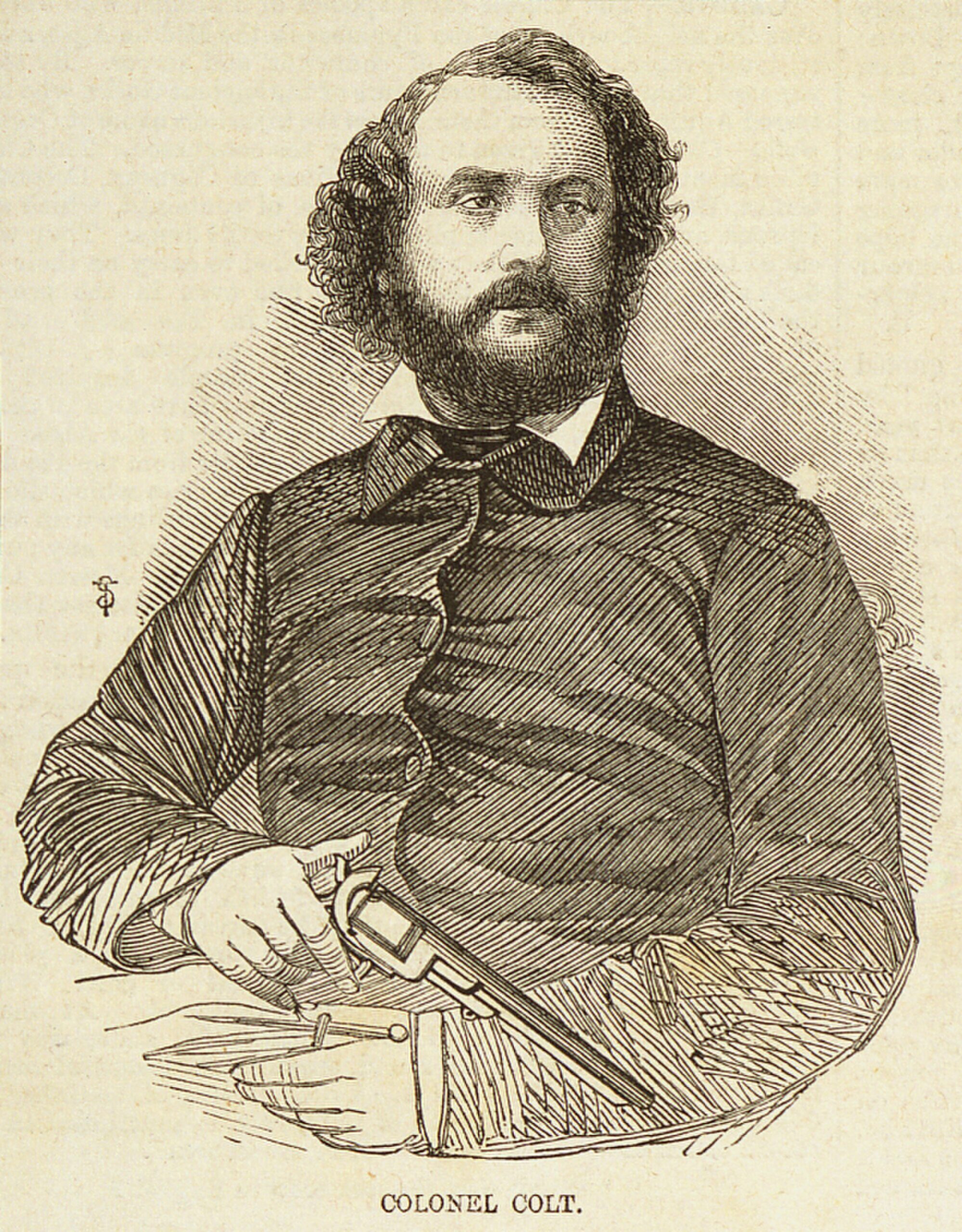
Samuel Colt who was granted a patent for a “revolving gun,” was born on July 19, 1814 in Hartford, Connecticut.
Colt’s factory used interchangeable parts and an early assembly line.
Image via Wikimedia Commons, public domain

Co-founder of the Mayo Clinic, Charles Horace Mayo, was born on July 19, 1865 in Rochester, Minnesota.
During WWI he served as colonel and chief surgical consultant in the U.S. Army.
He was honored as an Officer of the Legion of Honour from France which is an award that was established by Napoleon Bonaparte.
Image via Wikimedia Commons, public domain

General Richard H. Ellis – Born July 19, 1919.
From the skies over New Guinea to the command centers of NATO, Ellis’s career spanned four decades of American air power. A decorated World War II pilot with over 200 combat missions, he rose to become Commander in Chief of the Strategic Air Command during the Cold War, overseeing the nation’s nuclear deterrent at a time of global tension. His leadership shaped U.S. air strategy across Europe, Asia, and the Pacific, earning him honors from allies and presidents alike. Born in Laurel, Delaware, and educated at Dickinson College, Ellis blended battlefield experience with diplomatic acumen—culminating in his post-retirement role as U.S. ambassador to the U.S.-Soviet arms control commission. His legacy endures in the doctrine, discipline, and deterrence he helped define.
Image via Wikimedia Commons, public domain
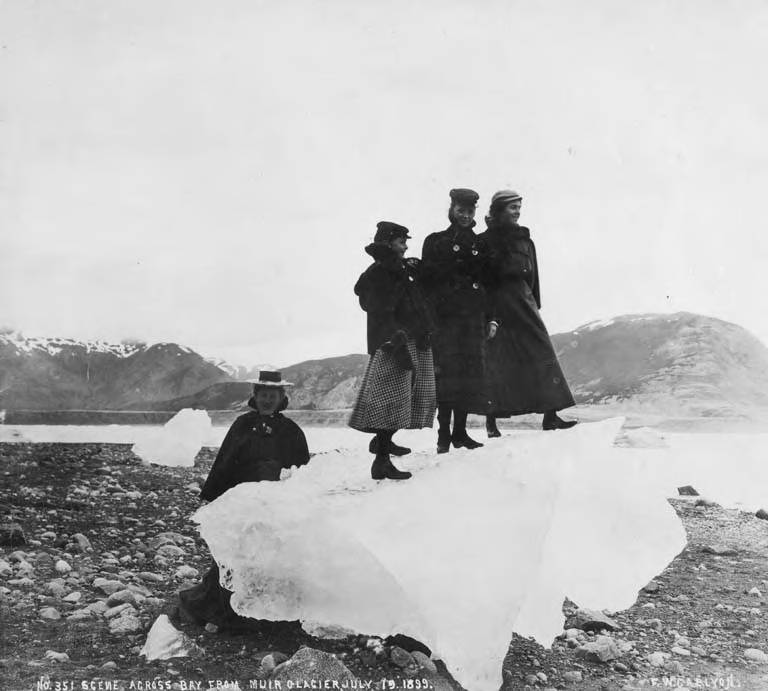
Women standing on ice floe, Muir Glacier, Alaska, July 19, 1899
Image via Wikimedia Commons, public domain
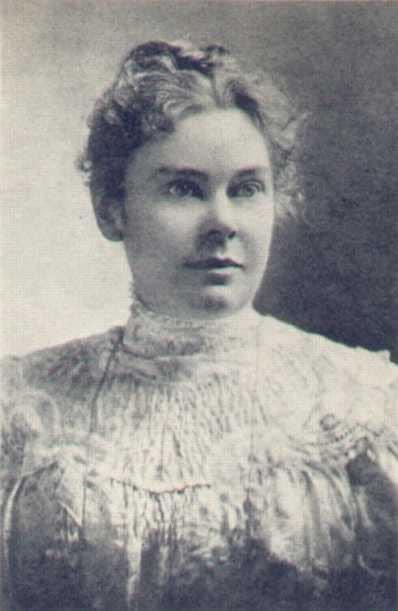
Born July 19, 1860, Lizzie Andrew Borden of Fall River, Massachusetts was at the center of perhaps the most sensational murder of trial of 19th century America. Accused in the hatchet murder of her father and stepmother on August 4, 1892 Lizzie was acquitted and the double murder remains unsolved.
Image via Wikimedia Commons, public domain in the US
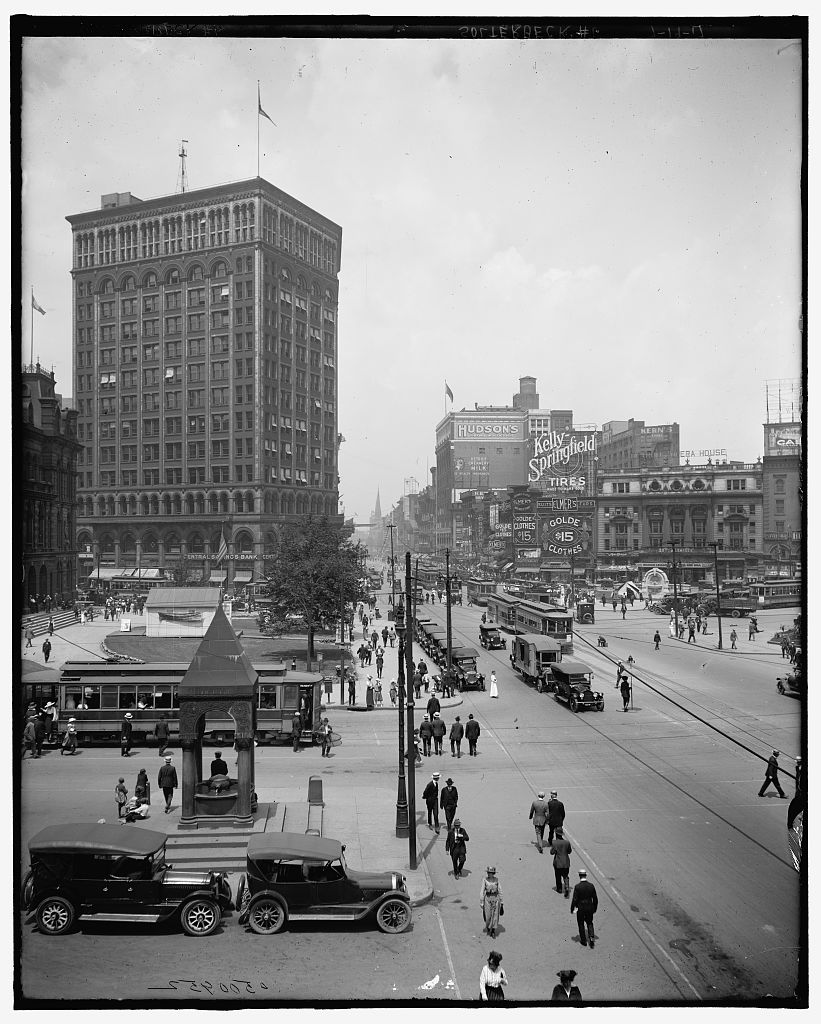
Woodward Avenue, Detroit – July 19, 1917. Just three months after the United States entered World War I, Detroit was already shifting into its wartime stride. This image captures a city in the early stages of mobilization: streetcars hum through the haze, storefronts bustle with everyday life, and behind it all, the industrial engines of Michigan begin to turn toward military production. As thousands of young men registered for the draft and factories recalibrated their output, the heartbeat of Woodward Avenue echoed a nation preparing not for war—but already immersed in it.
Image via Library of Congress, no known restrictions



